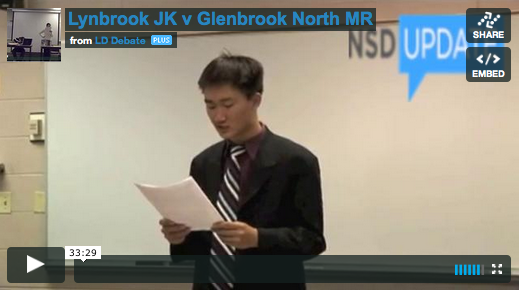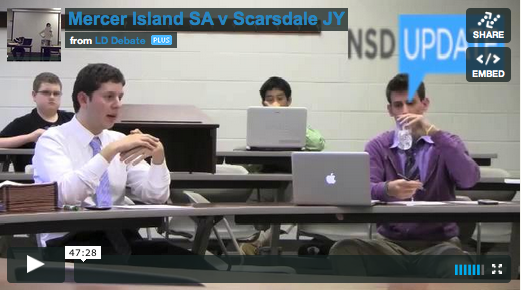Tips for Usage
|
The video hub can be daunting at first--its archive has over 100 rounds, and the video list can be quite sprawling if you do not know where to begin. So how should one use the video hub to get the most out of it?
For Beginners:
|
|
|
For Intermediate:
|
|
For Advanced:
We hope that these tips will help you make the most of the NSD Videos hub. Watch a few rounds, and you'll be on your way in no time! |
|
Search our site!



